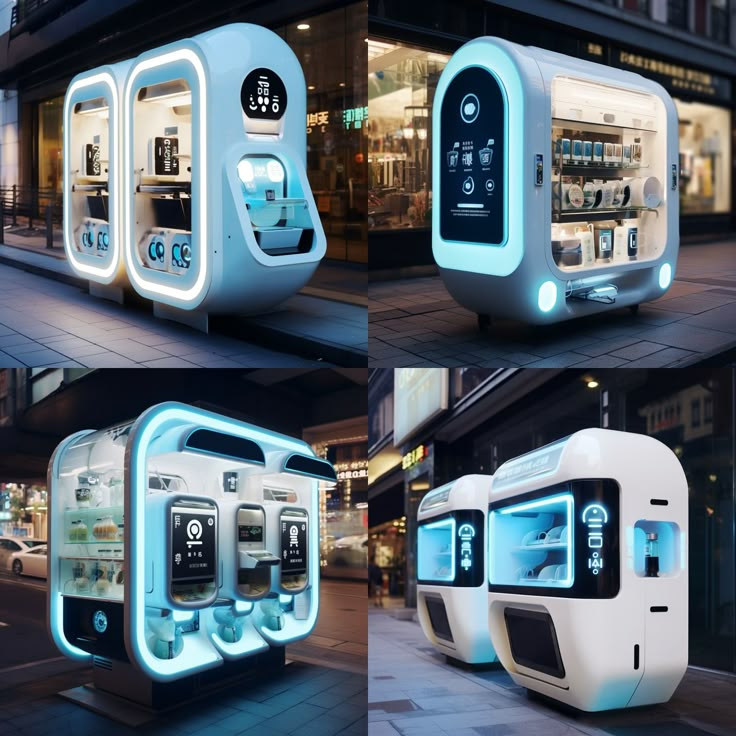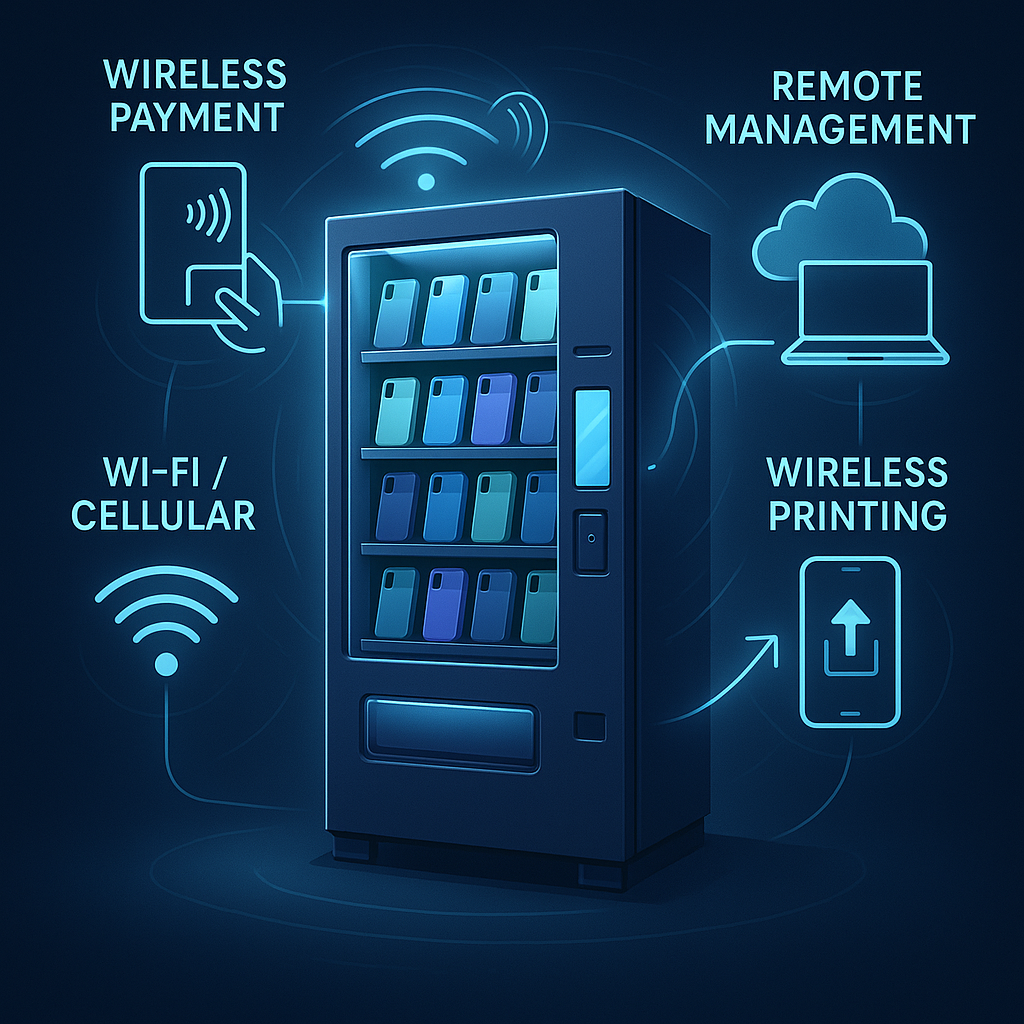
How do you turn your vending machine into a sales machine?
Running a vending machine business sounds easy - just fill it up and collect money, right? But many operators struggle with low sales and slim margins. I've learned there's more to success than just picking good locations.
To transform a vending machine into a profitable sales machine, focus on five key areas: strategic placement, smart product selection, dynamic pricing, customer engagement, and modern technology. These elements work together to maximize revenue and build lasting customer relationships.

Let me share what I've discovered about turning basic vending machines into high-performing revenue generators. Our journey through the proven strategies will help you unlock your machines' full sales potential.
Where should you place your vending machine for maximum profit?
Location can make or break a vending machine's success. I've seen identical machines perform drastically differently just blocks apart. The wrong spot means wasted potential and lost revenue.
The best vending machine locations combine high foot traffic with targeted customer needs. Prime spots include office buildings (for quick snacks/drinks), gyms (health-focused options), schools (affordable treats), transportation hubs (convenience items), and healthcare facilities (24/7 accessibility).

Location Analysis Deep Dive
When evaluating potential locations, consider these critical factors:
Foot Traffic Patterns
- Peak Hours: Match operating hours with highest customer activity
- Traffic Flow: Position machines along natural walking paths
- Dwell Time: Areas where people wait or gather naturally
Target Demographics
| Location Type | Primary Audience | Product Focus |
|---|---|---|
| Office Buildings | Professionals | Coffee, healthy snacks |
| Universities | Students | Energy drinks, quick meals |
| Gyms | Fitness enthusiasts | Protein bars, sports drinks |
| Hospitals | Staff, visitors | 24/7 refreshments |
| Shopping Malls | Shoppers | Impulse buys, trending items |
How can smart product selection boost your sales?
I used to stock my machines based on gut feeling. But after switching to data-driven selection, our sales jumped 40%. Random product choices leave money on the table.
Smart product selection means analyzing sales data, tracking trends, and maintaining the right mix of high-margin staples and seasonal offerings. Use sales patterns to optimize inventory and maximize profits per slot.

Product Selection Strategy
The key to profitable product selection lies in understanding these core elements:
Margin Analysis
- High-margin items (like premium water or specialty snacks)
- Volume sellers (traditional snacks and beverages)
- Seasonal rotations based on weather and events
Product Mix Optimization
| Category | Strategy | Example Products |
|---|---|---|
| Premium Items | 30% of inventory | Craft beverages, organic snacks |
| Mid-range | 50% of inventory | Standard drinks, name-brand snacks |
| Value Options | 20% of inventory | Affordable alternatives |
I've found this 30-50-20 mix typically maximizes overall profitability while serving various customer preferences.
How do you implement effective pricing and promotions?
Setting the right price used to be guesswork for me. Now I know that strategic pricing and smart promotions can significantly impact sales volume and profits.
Dynamic pricing adjusts based on time, demand, and location. Combined with targeted promotions, this approach can increase average transaction value by 25% or more in my experience.

Pricing and Promotion Deep Dive
Success in pricing strategy requires understanding these key components:
Price Optimization Techniques
- Time-based pricing (happy hours, peak pricing)
- Bundle deals (combo discounts)
- Loyalty program integration
- Special event pricing
Here's a framework I use for setting price points:
| Price Tier | Markup % | Example Products |
|---|---|---|
| Premium | 200-300% | Specialty drinks, organic snacks |
| Standard | 150-200% | Name brand items |
| Value | 100-150% | Basic options |
Transform your vending machine into a sales powerhouse by focusing on strategic location selection, smart product mix, and dynamic pricing. Remember to continuously analyze data and adjust your approach based on results. Your success depends on treating each machine as an active sales tool rather than a passive dispenser.







